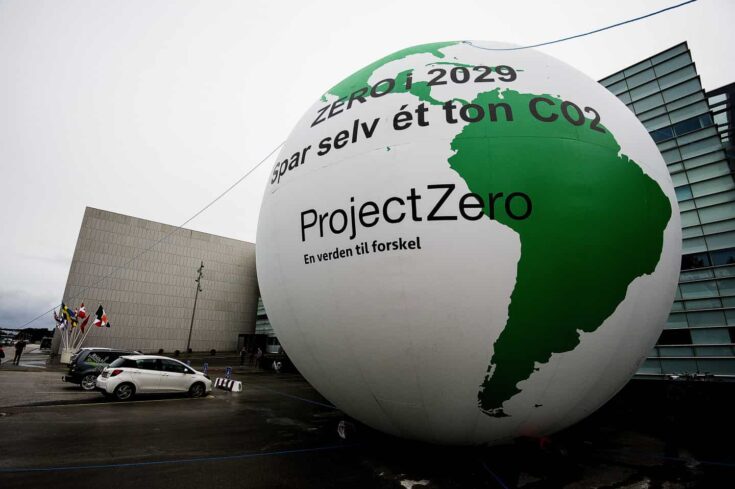
One of Singapore’s largest universities, Singapore Polytechnic, will make the entire campus area CO2 neutral. The inspiration comes from Sønderborg’s ProjectZero, and the Danes have agreed to collaborated on the Asian project. The hope is that Singapore is the beginning of a global development.
By 2030, at least one in five educational institutions in Singapore must be CO2 neutral. It is one of several goals in the ambitious Green Plan, which is to make Singapore an Asian role model in sustainability. Singapore Polytechnic with 12,800 students has set out to contribute to that goal – with help from Denmark.
Last year, representatives from Singapore Polytechnic visited Sønderborg. Here, citizens, companies, educational institutions, utility companies and the municipality, through the public-private partnership ProjectZero, are working to make the area’s entire energy system CO2-neutral by 2029. The dialogue has subsequently continued and culminated yesterday with a joint MoU between ProjectZero, Singapore Polytechnic and Danfoss.
Representatives from Singapore Polytechnics met with Danfoss CEO Kim Fausing about establishing their own ProjectZero.
Want to inspire
Singapore’s ProjectZero still hasn’t been given an official name, but will be a locally adapted version of Sønderborg’s vision. The ambition is for Singapore Polytechnic to act as an inspiration and showcase for Singapore’s other educational institutions.
“We are proud that we inspired Singapore Polytechnic to use our recipe for an intelligent and cost-effective conversion and be part of their journey. We are very aware that we are not saving the climate by making the energy system in Sønderborg C02-neutral. But we can help leave a global climate footprint by scaling our model to other cities and countries. The collaboration with Singapore is the first concrete example,” says Brian Seeberg, who is the CEO of ProjectZero.
Sønderborg’s ProjectZero model focuses on creating and demonstrating an intelligent and integrated energy system, where energy is saved cost-effectively everywhere. The various energy sources and sectors are connected in a flexible network which works as a coherent organism. This model makes it possible to reduce the costs of green conversion by up to 50 percent.
The project in Singapore will include the entire 38-hectare campus, which, in addition to classrooms, is home to student housing, shops and an area with sports facilities such as a swimming pool and stadium.
Source: mynewsdesk.com




